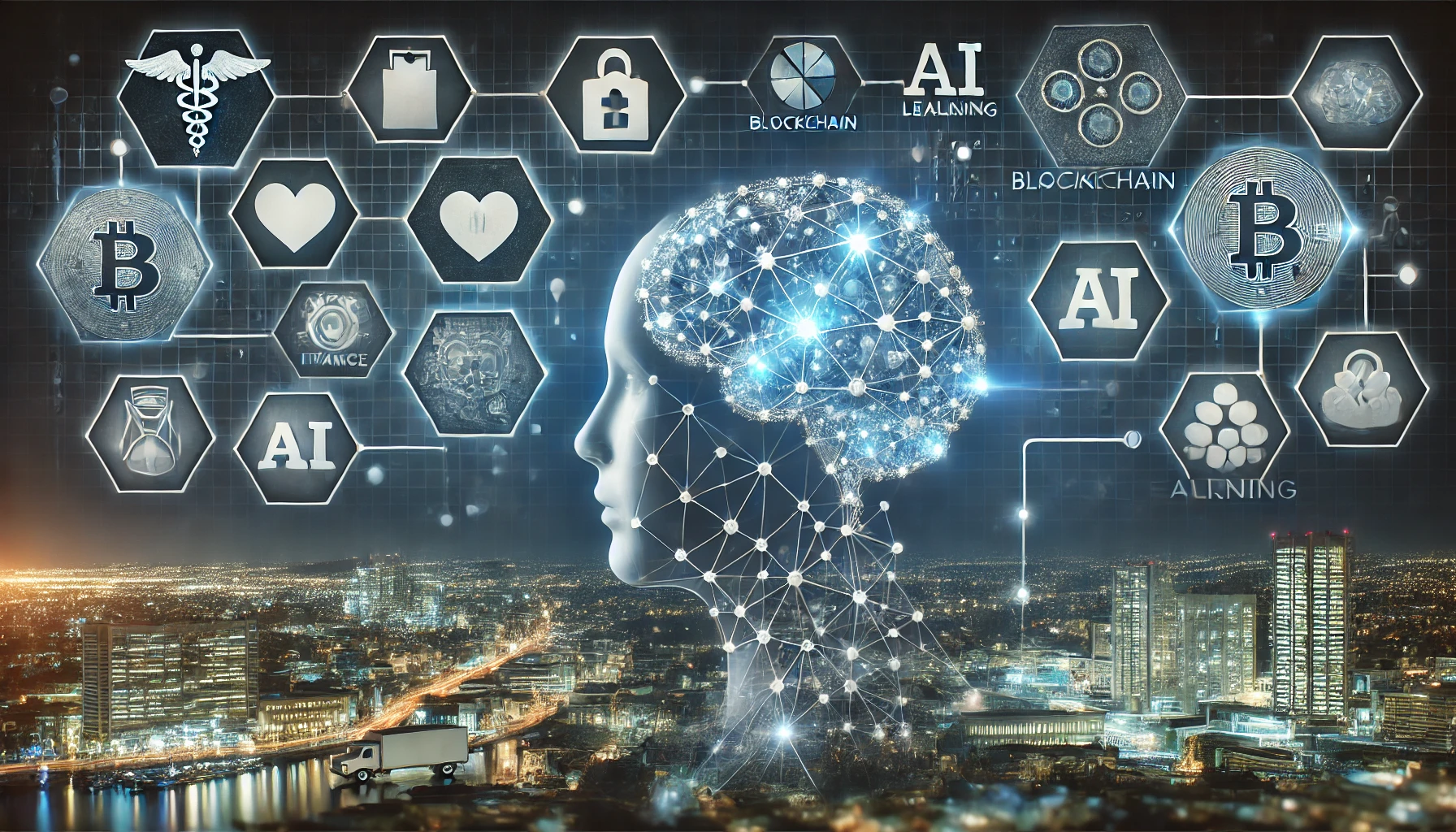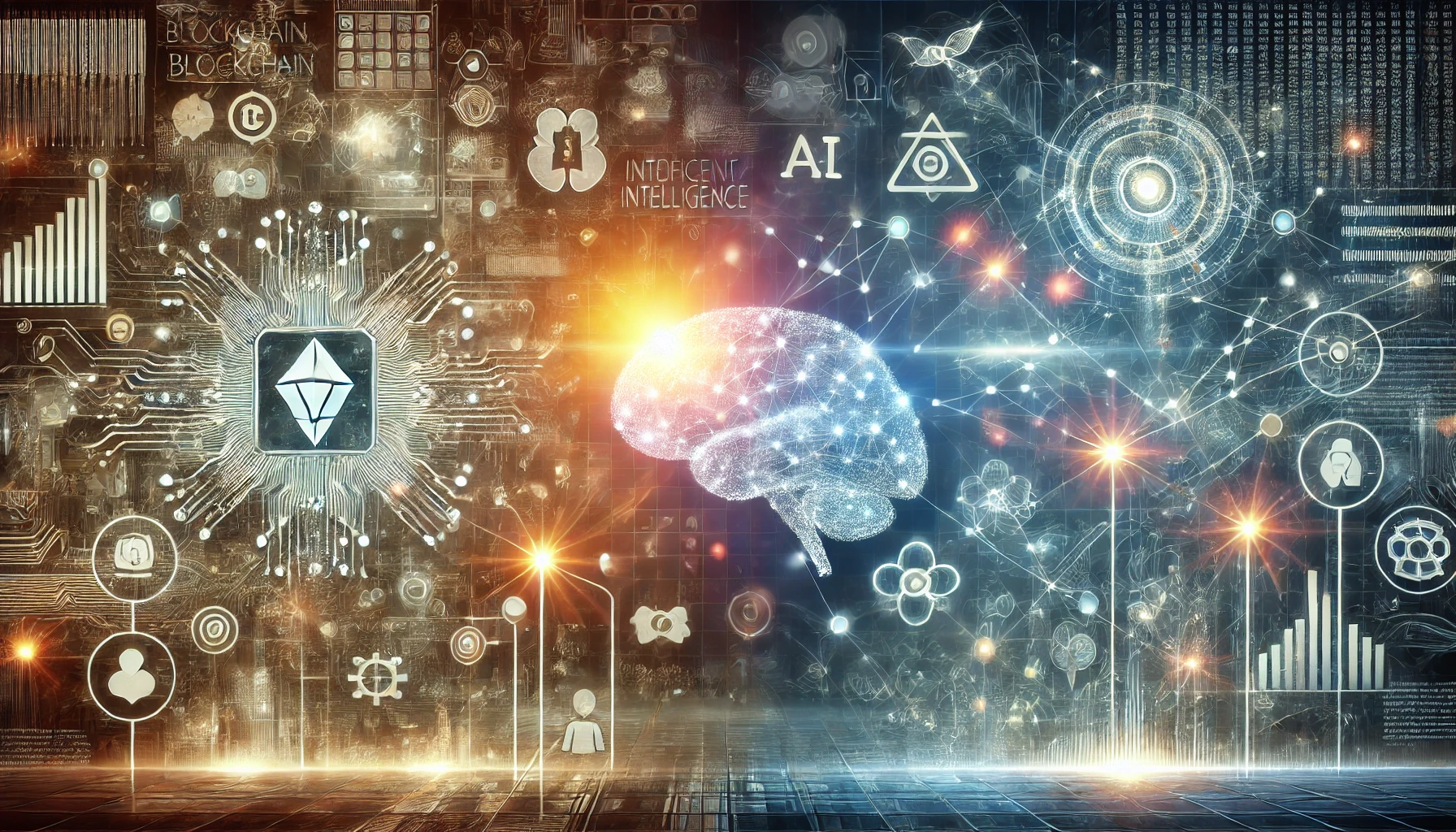As artificial intelligence (AI) becomes increasingly integrated into every aspect of business and daily life, its potential to enhance productivity and innovation is undeniable. However, alongside its many benefits, AI also presents significant cybersecurity risks that cannot be ignored. Cybercriminals are leveraging AI to enhance their capabilities, creating sophisticated threats that are more difficult to detect and mitigate. In response to these growing concerns, the U.S. government has introduced new regulations requiring companies to identify and manage AI-related cybersecurity risks.
The Dual-Edged Sword of AI in Cybersecurity
AI’s ability to process vast amounts of data, learn from patterns, and automate tasks has revolutionized cybersecurity. On the defensive side, AI is being used to detect anomalies, respond to threats in real-time, and predict potential vulnerabilities before they can be exploited. However, the same technologies are also being weaponized by cybercriminals.
Malicious actors are using AI to automate phishing attacks, develop malware that can adapt to evade detection, and exploit AI systems’ own vulnerabilities. Deepfakes, for example, are being used to create convincing but fraudulent content, while AI-driven bots are capable of launching large-scale, automated attacks that can overwhelm traditional cybersecurity defenses.
U.S. Government Response: New Regulations
Recognizing the significant risks posed by AI in the cybersecurity landscape, the U.S. government has implemented new regulations aimed at ensuring that companies take proactive steps to manage these risks. These regulations require businesses to:
- Identify AI-Related Cybersecurity Risks: Companies must conduct thorough assessments of how AI is used within their operations and identify potential vulnerabilities that could be exploited by cybercriminals. This includes evaluating both the AI technologies they develop in-house and those provided by third-party vendors.
- Implement Robust Security Measures: Once risks are identified, companies are required to implement security measures specifically designed to address AI-related threats. This may involve developing new protocols, enhancing existing cybersecurity frameworks, or adopting advanced AI-driven defense mechanisms.
- Continuous Monitoring and Reporting: The regulations mandate ongoing monitoring of AI systems to detect any emerging threats or vulnerabilities. Companies are also required to report significant AI-related cybersecurity incidents to regulatory bodies, ensuring transparency and accountability.
- Employee Training and Awareness: Given the complex nature of AI and its cybersecurity implications, companies must invest in training their employees to recognize and respond to AI-driven threats. This is crucial for preventing human error, which is often the weakest link in cybersecurity defenses.
The Challenges of Compliance
While these regulations are a necessary step toward safeguarding against AI-driven cyber threats, they also present significant challenges for companies. The rapidly evolving nature of AI technology makes it difficult to keep pace with new threats, and the regulatory requirements add an additional layer of complexity to already strained cybersecurity efforts.
Smaller companies, in particular, may struggle to allocate the necessary resources to meet these regulations. The costs associated with implementing advanced AI security measures, continuous monitoring, and employee training can be substantial. However, non-compliance is not an option, as the risks of AI-driven cyber attacks could lead to severe financial and reputational damage.
The Future of AI and Cybersecurity
As AI continues to evolve, so too will the tactics of cybercriminals. The new U.S. regulations are a critical first step in addressing the unique cybersecurity challenges posed by AI, but they are by no means a silver bullet. Companies must remain vigilant and proactive in their cybersecurity efforts, continuously adapting to the changing threat landscape.
The collaboration between the public and private sectors will be essential in developing more effective defenses against AI-driven cyber threats. Sharing information about emerging threats, best practices, and successful defense strategies can help build a more resilient cybersecurity ecosystem.
In conclusion, while AI holds the promise of revolutionizing many aspects of our world, it also presents significant cybersecurity risks that cannot be ignored. The new U.S. government regulations provide a framework for managing these risks, but it is up to companies to take the necessary steps to protect themselves and their customers in this increasingly complex digital landscape.




